Philippine Cartoon
- caricature /
- Philippine Cartoon

The vibrant world of Philippine cartoons began in the late 19th century, mirroring the country's rich history and diverse culture through its unique visual storytelling.

One of the earliest known Filipino cartoonists was Jose Rizal, the national hero, who also dabbled in creating caricatures that depicted the social conditions of his time.
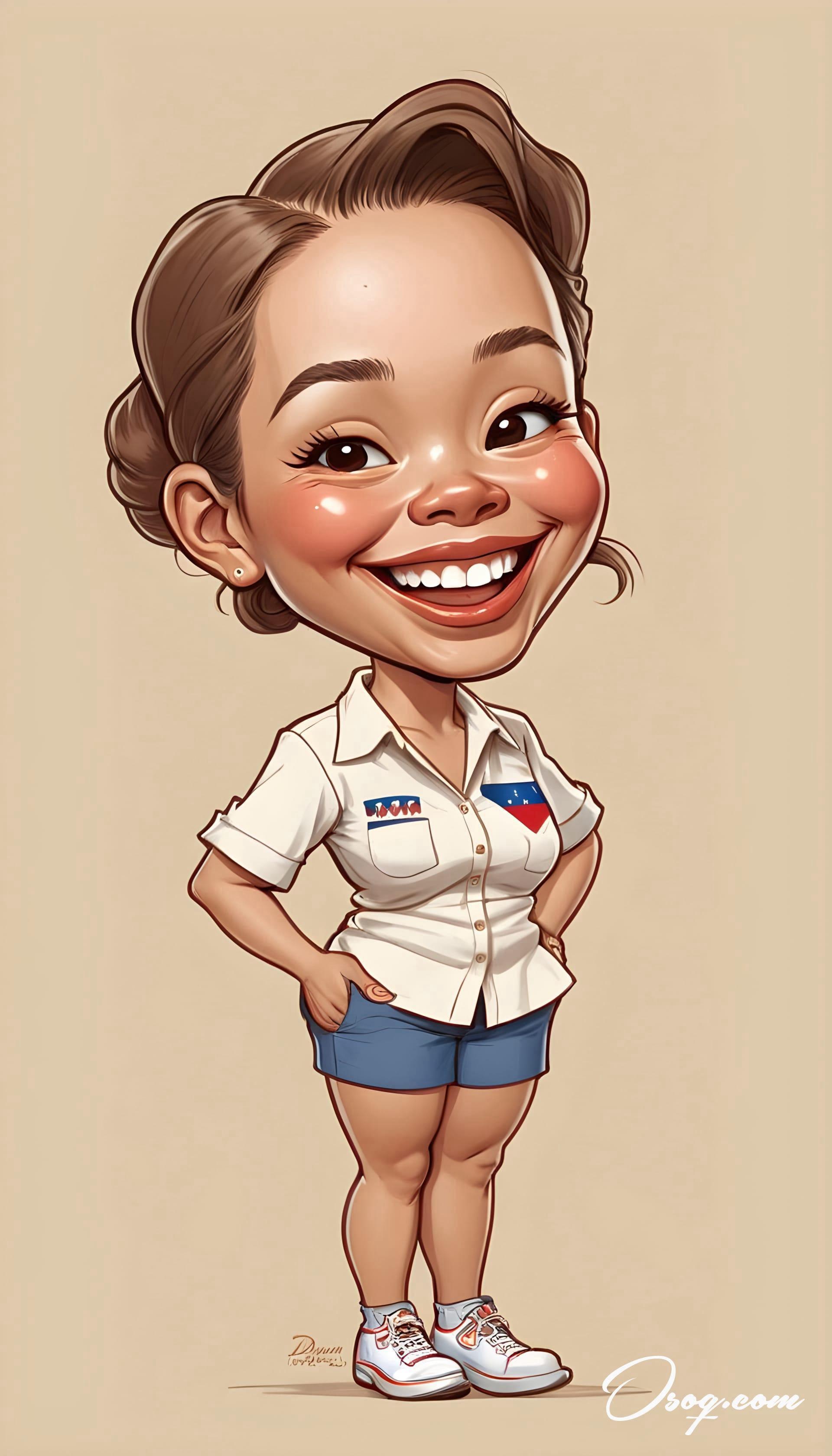
The American occupation introduced new printing technologies in the Philippines, significantly boosting the production and popularity of local comics and cartoons.
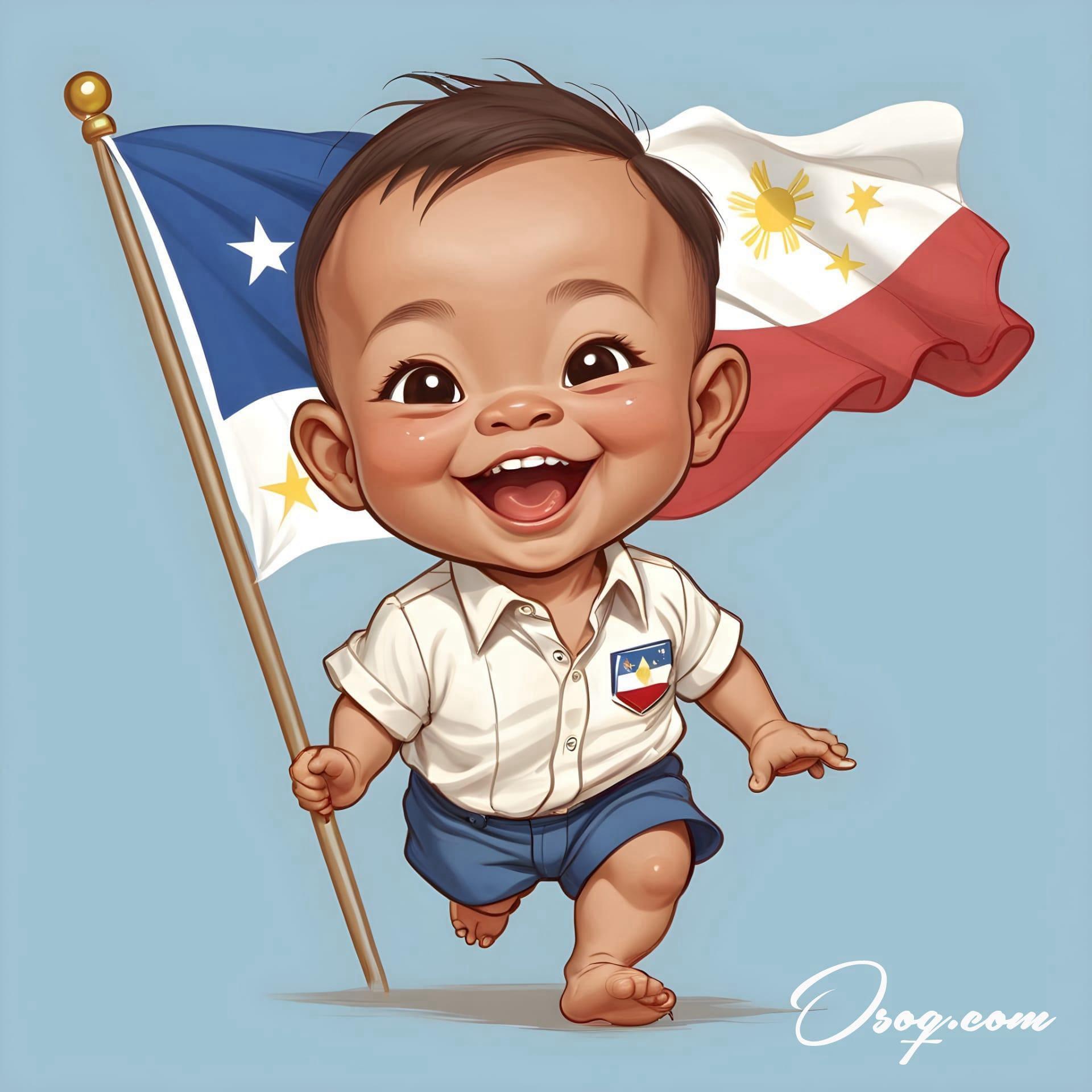
"Kenkoy," created by Tony Velasquez in 1929, is considered the first significant Philippine cartoon character, capturing the hearts of many with his humorous take on Filipino life.
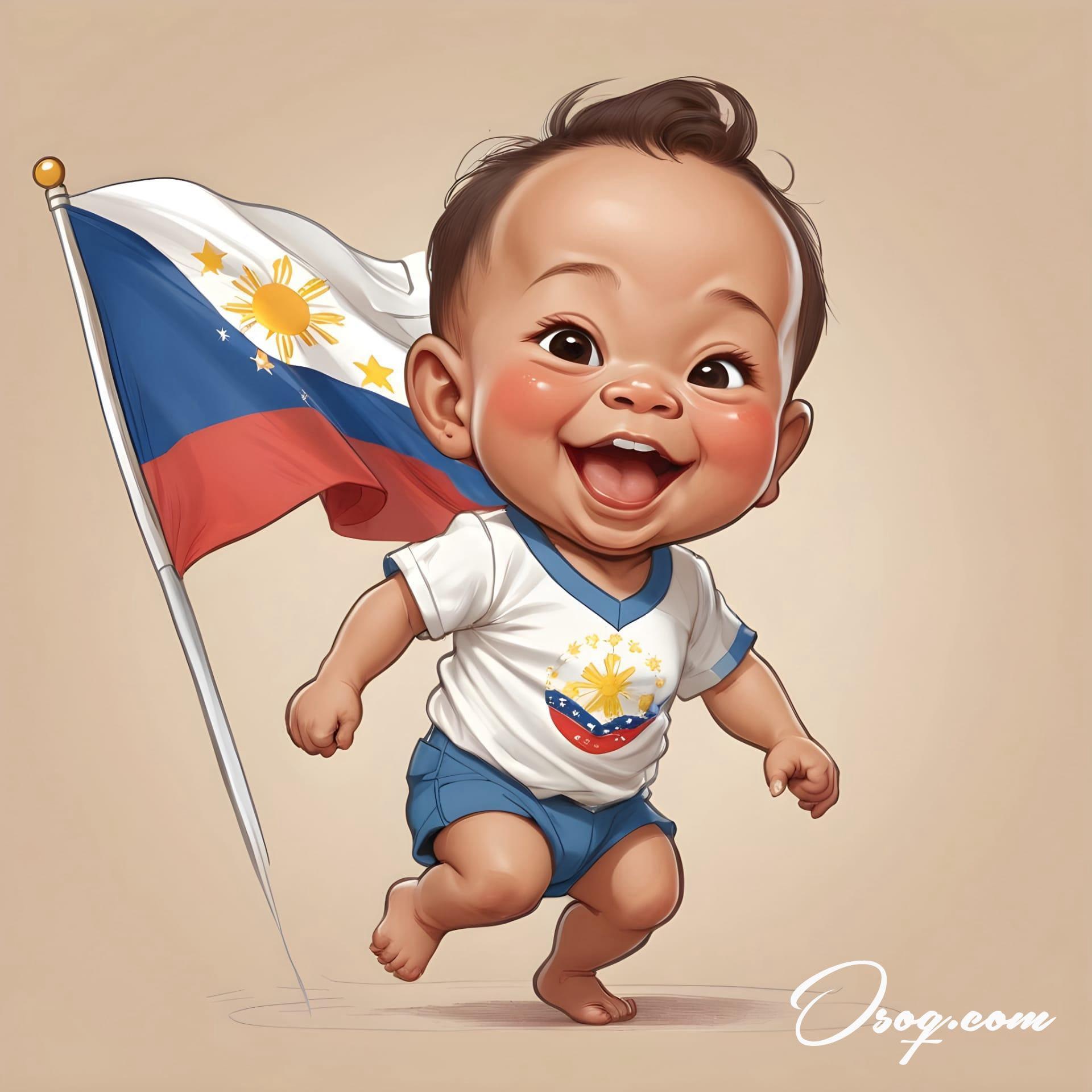
During World War II, cartoons served as a form of resistance, with artists using their work to convey messages of hope and patriotism amidst the occupation.
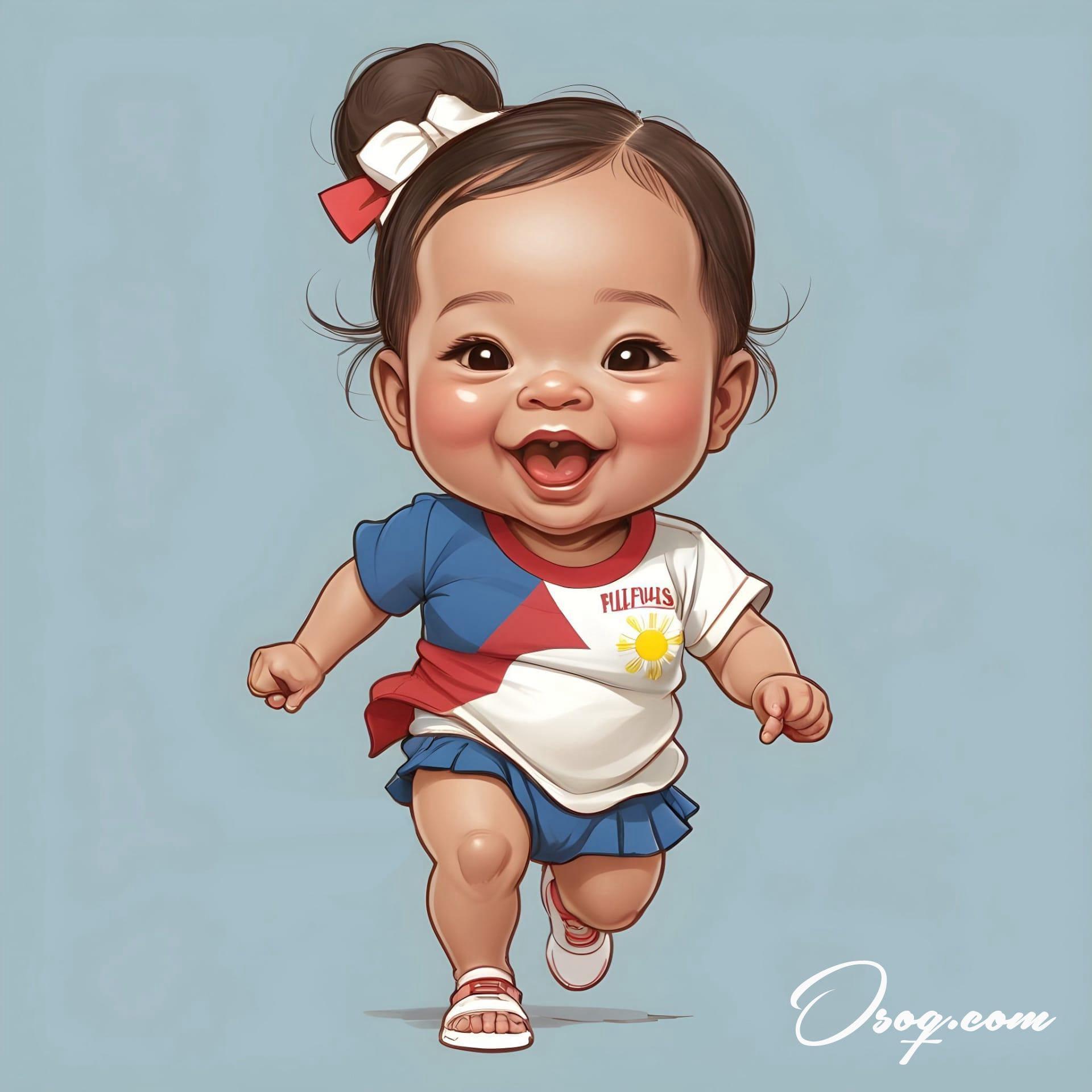
The post-war era saw a boom in the Philippine comic industry, with cartoons becoming a staple in newspapers and magazines, featuring a blend of humor, drama, and action.

"Pugad Baboy," a comic strip by Pol Medina Jr., is famous for its satirical humor on Filipino culture, politics, and society, resonating with readers for decades.

The influence of manga and anime from Japan in the late 20th century brought a new dimension to Philippine cartoons, inspiring a generation of artists.
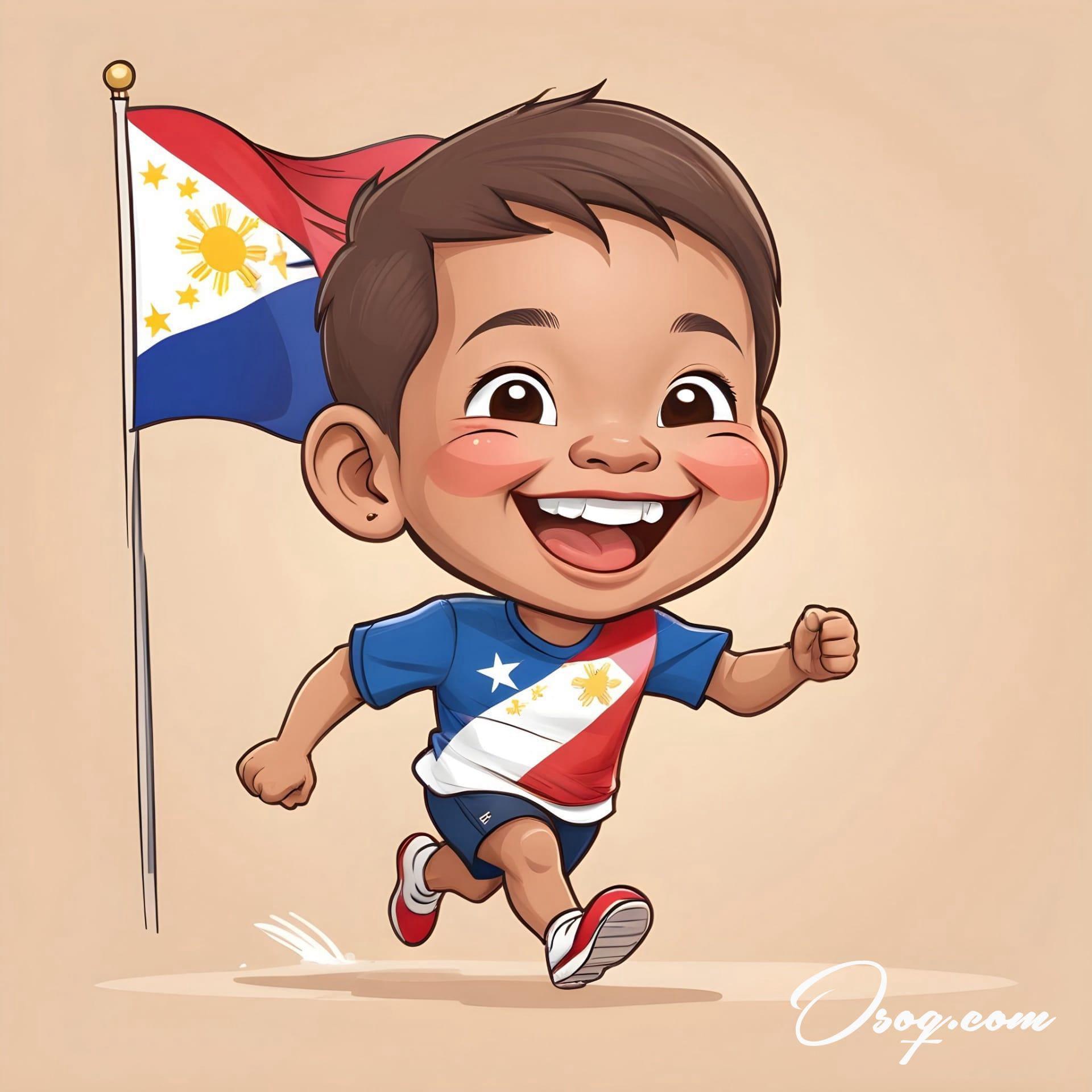
Philippine cartoons have not just been confined to print. They've made their mark on television and online platforms, evolving with technology to reach a wider audience.
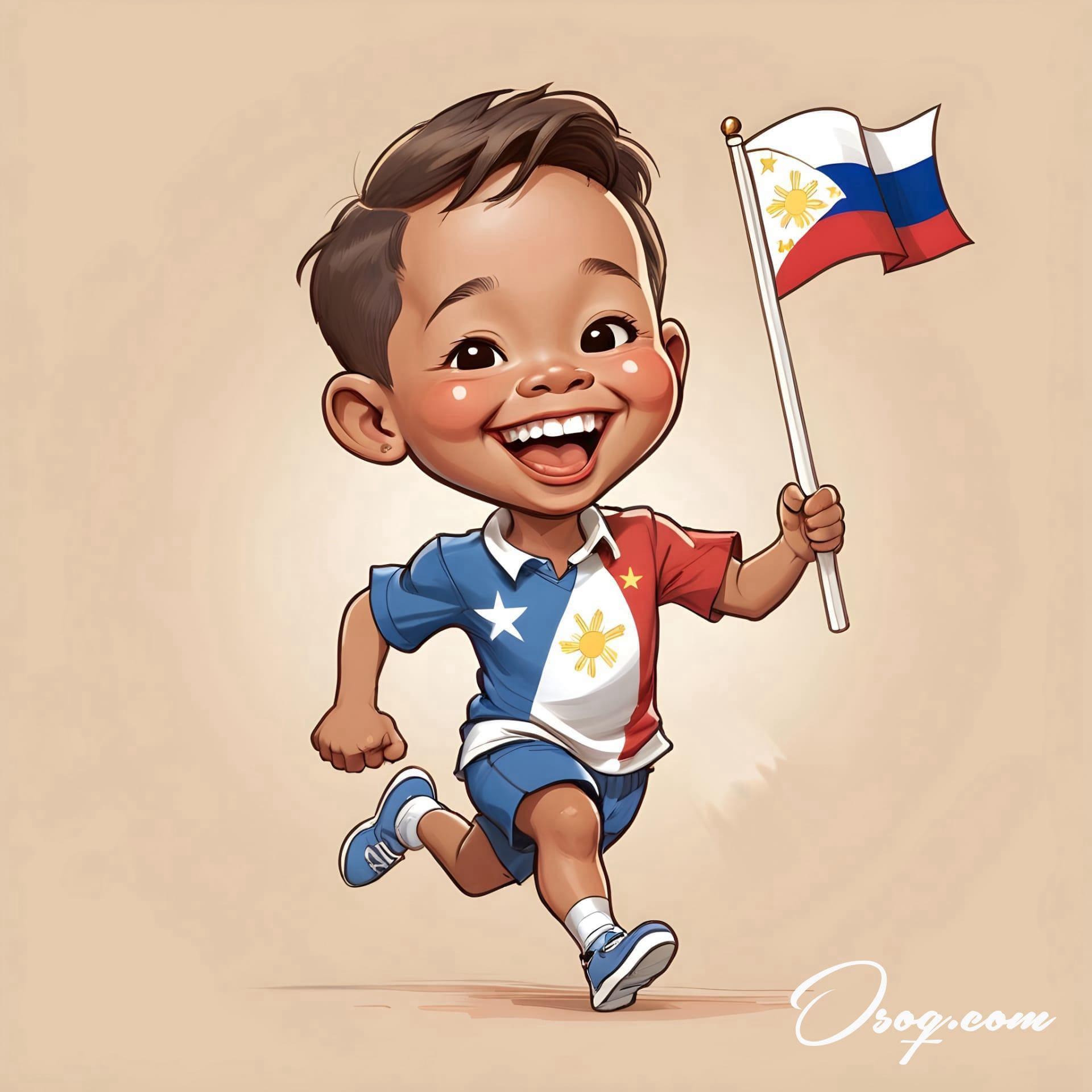
"Trese," a graphic novel by Budjette Tan and Kajo Baldisimo, showcases Philippine mythology and has gained international recognition, highlighting the global appeal of Filipino storytelling.
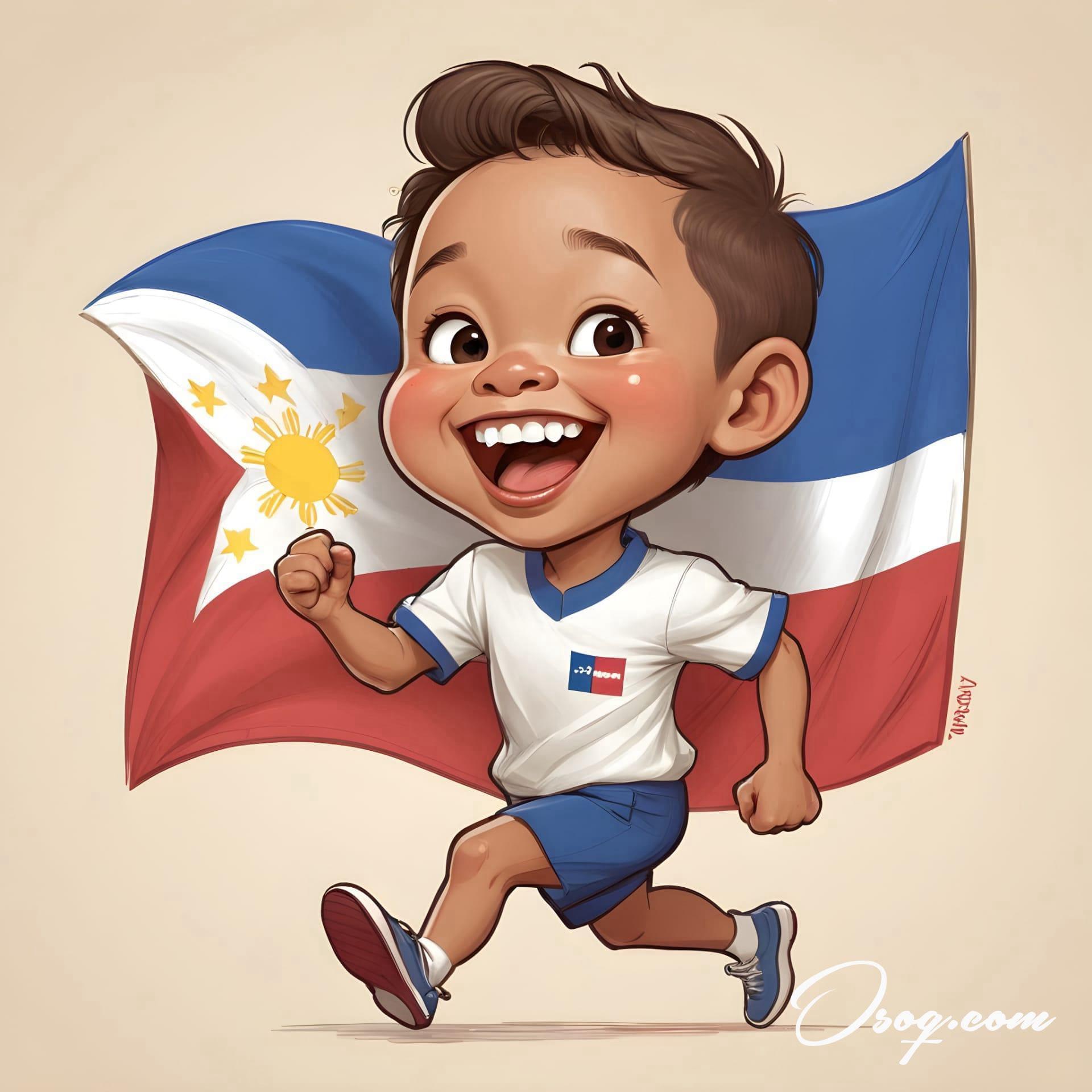
Festivals and conventions dedicated to comics and cartoons, such as Komikon, have become significant cultural events, fostering a community of creators and fans alike.
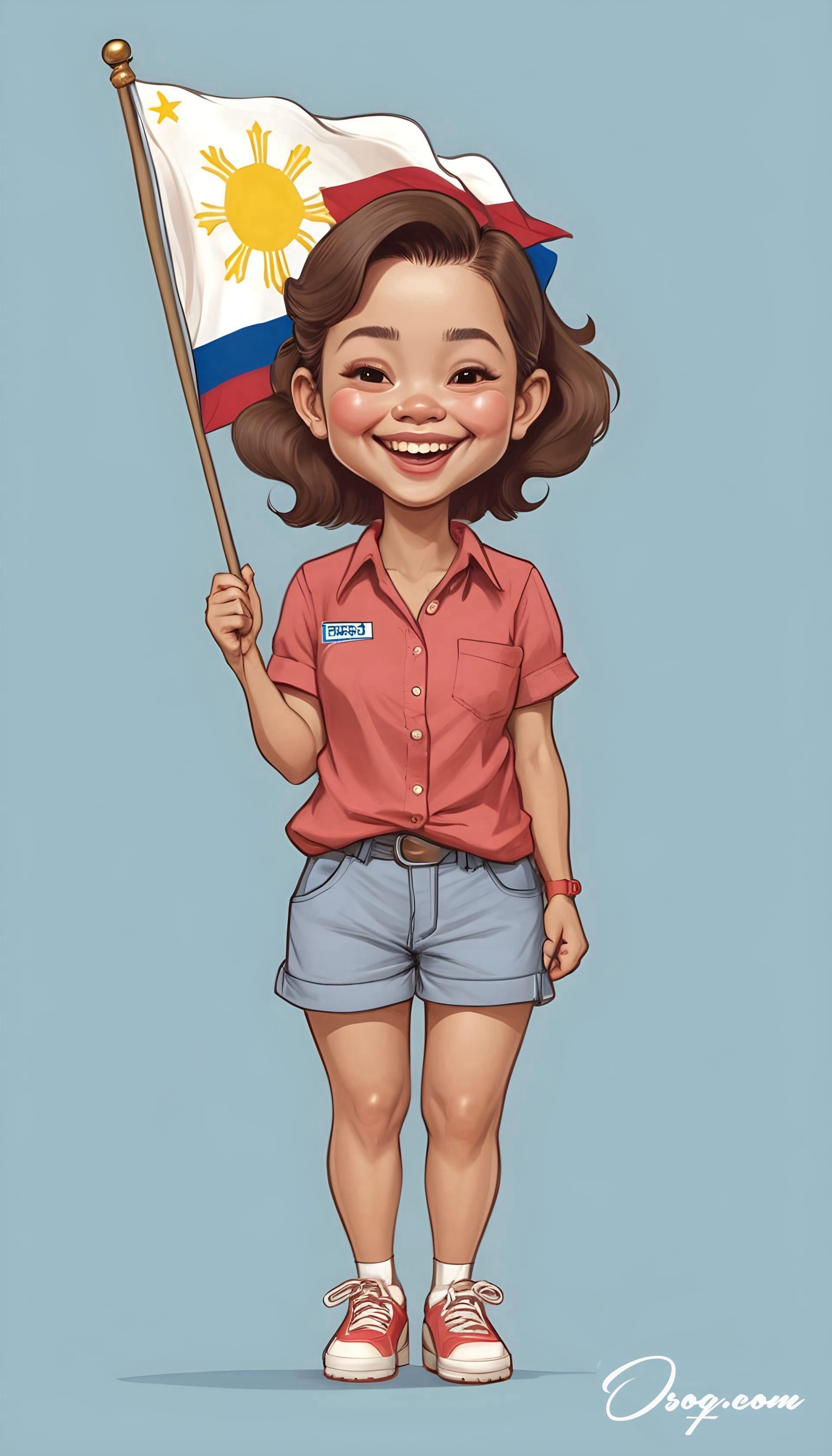
Philippine educational cartoons, like "Sineskwela," use animation to make learning fun and engaging for children, covering subjects from science to history.
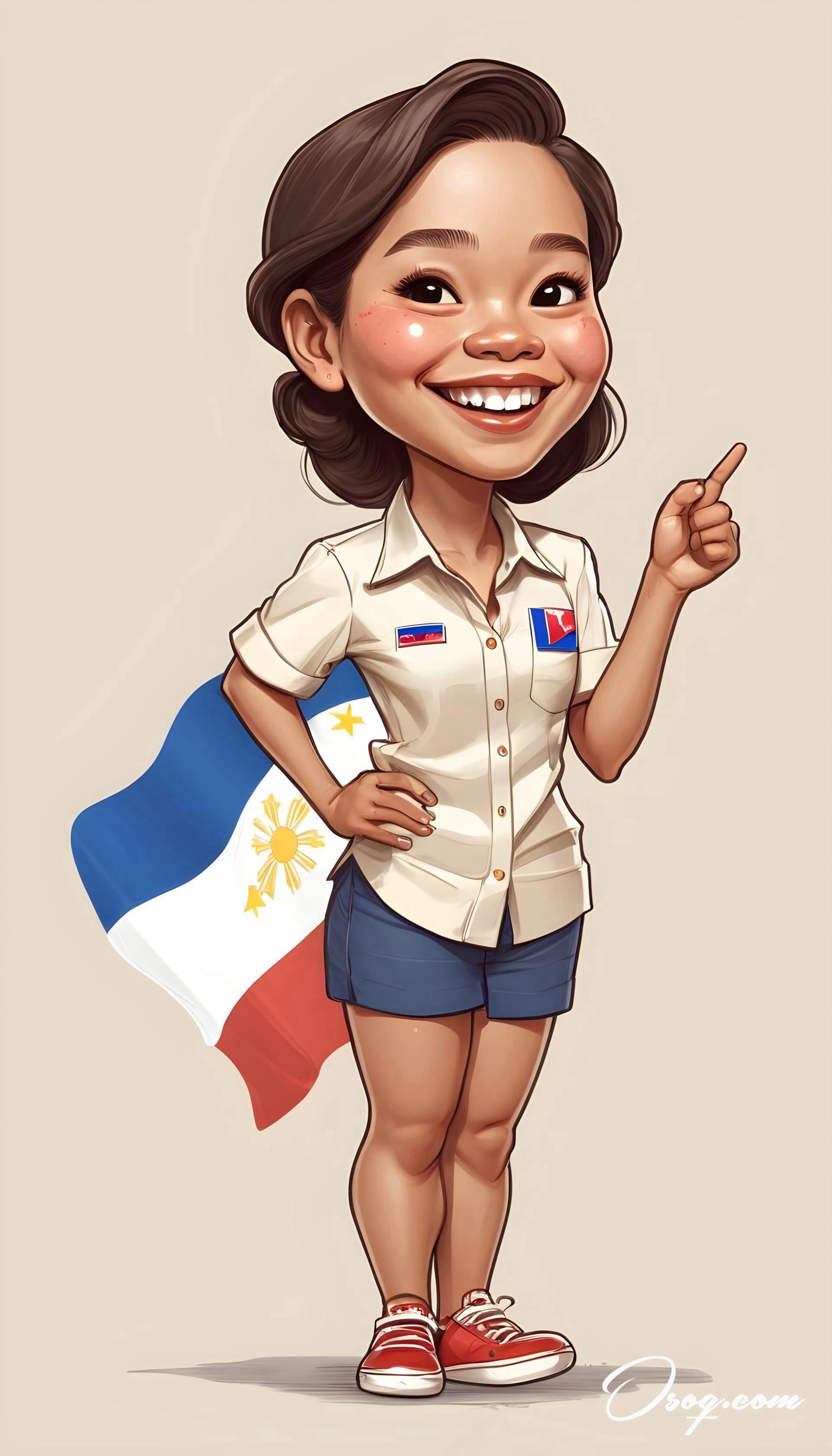
The internet has provided Filipino cartoonists with a platform to share their work globally, leading to collaborations and recognition beyond the country's borders.
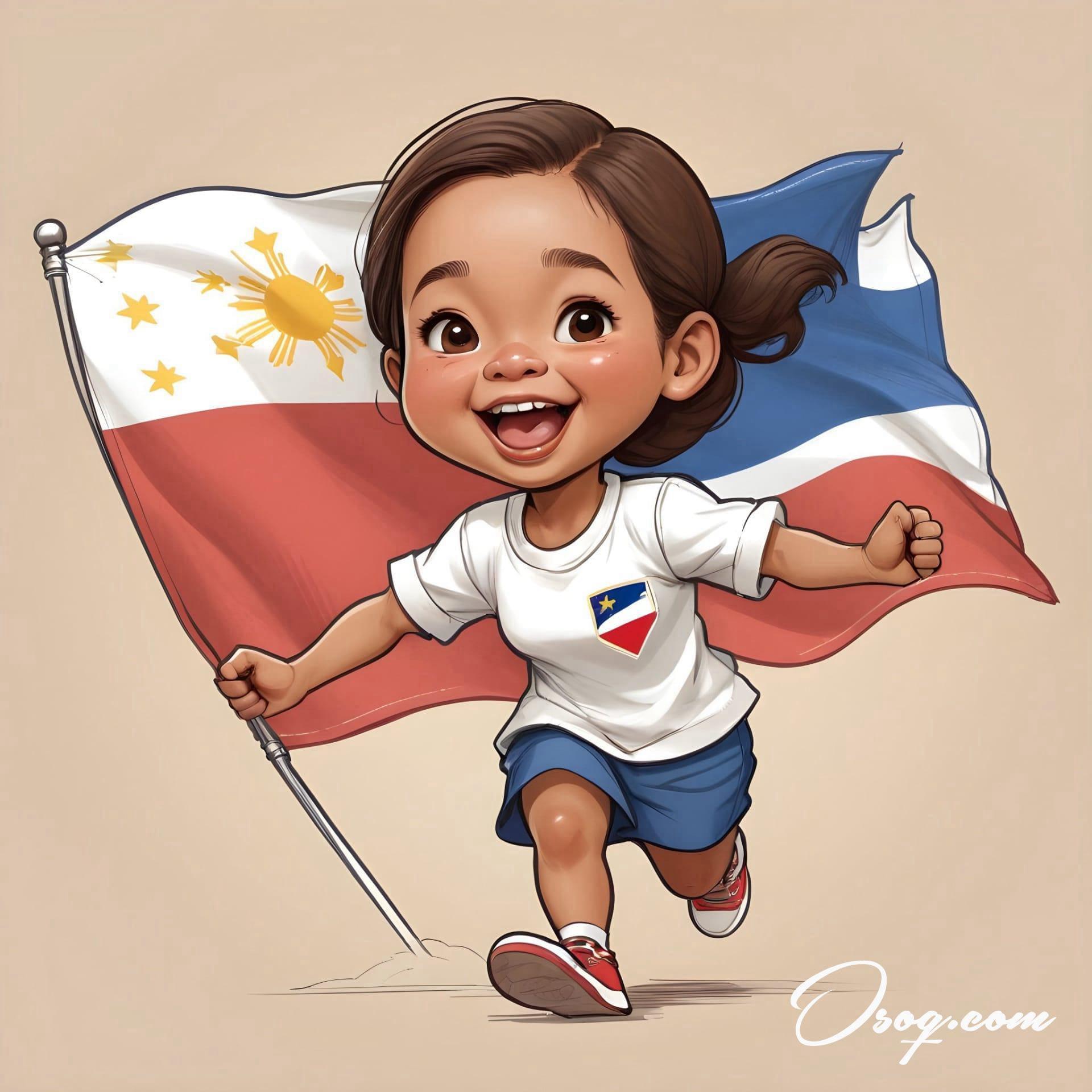
Social media and webcomics have given rise to a new wave of Filipino cartoonists, who tackle contemporary issues with a mix of humor and gravity.
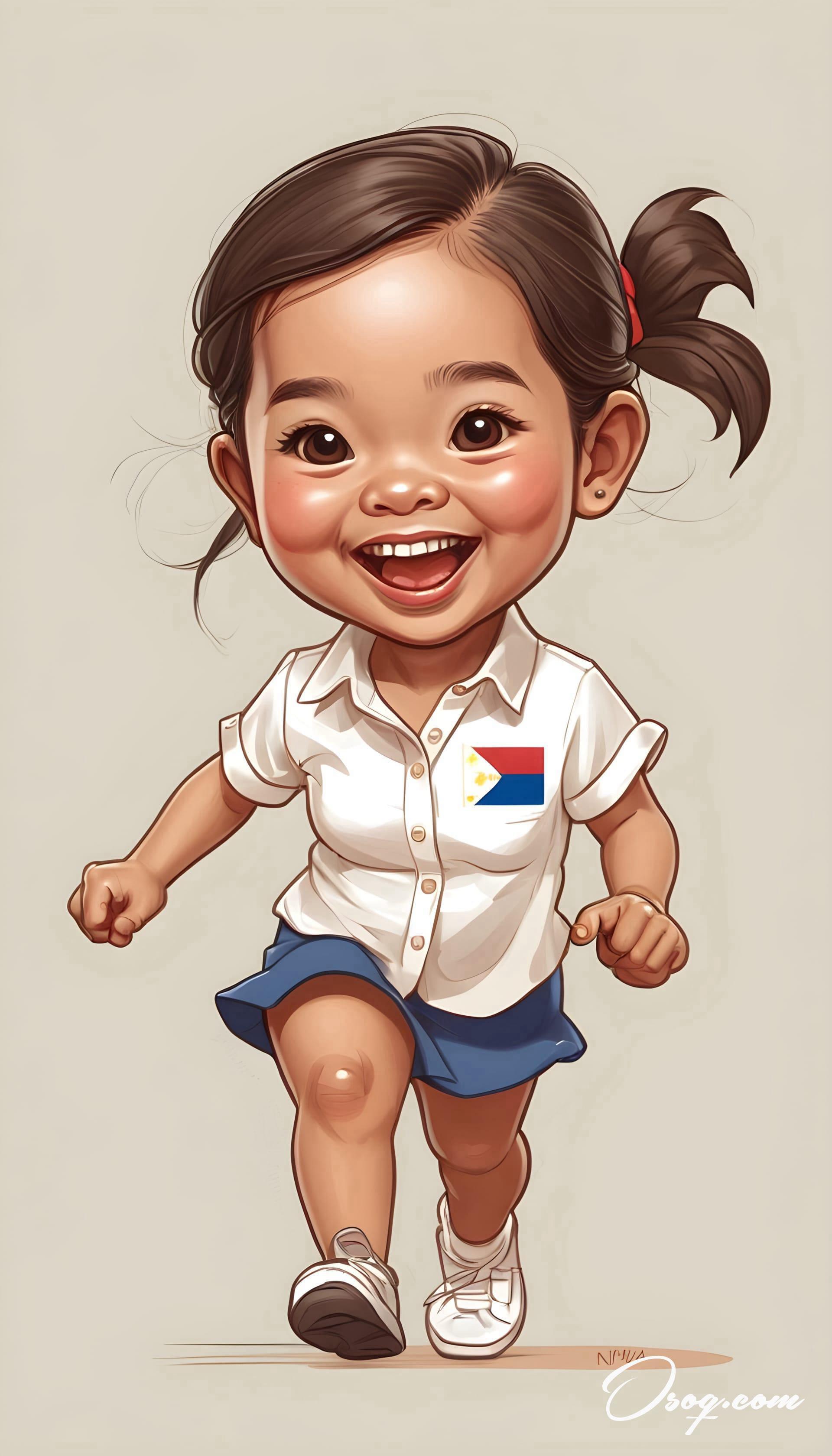
Philippine cartoons often reflect the resilience and humor of the Filipino people, using satire and comedy to navigate through societal and political issues.
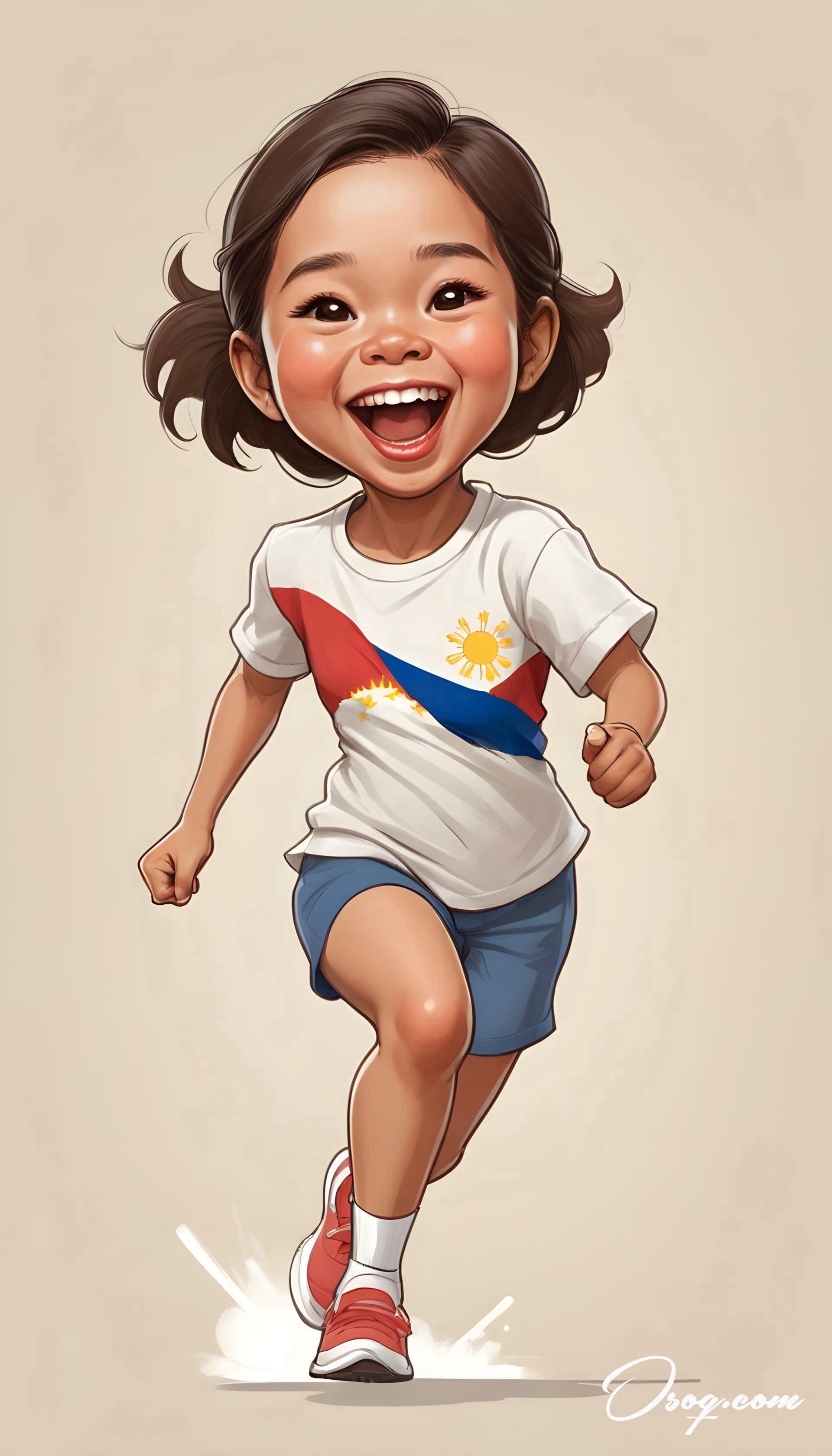
Environmental conservation has become a theme in recent Philippine cartoons, with characters and stories promoting awareness and action against climate change.
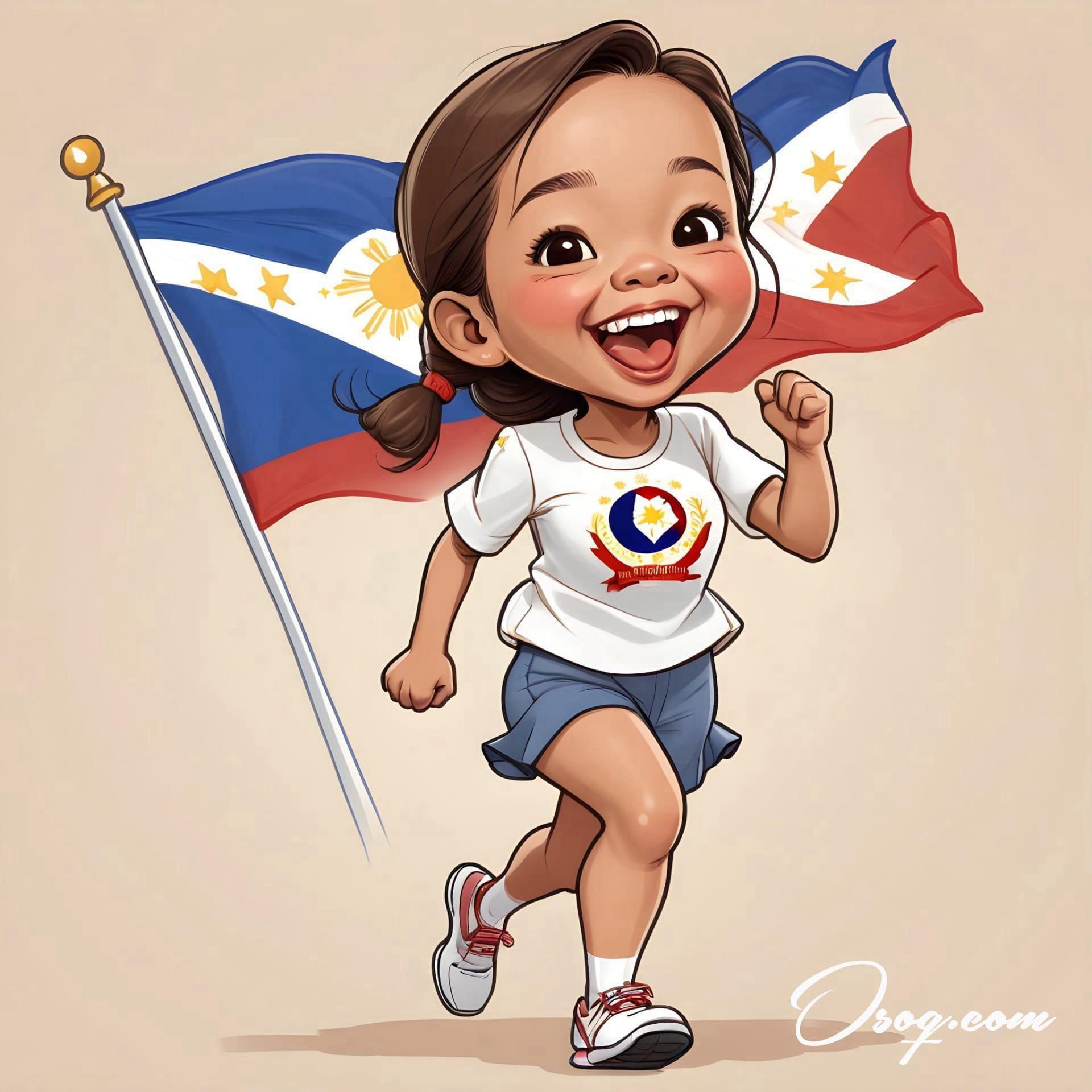
The diversity of languages in the Philippines adds a unique layer to its cartoons, with content produced in Tagalog, Cebuano, and other local languages, making them more relatable to a diverse audience.
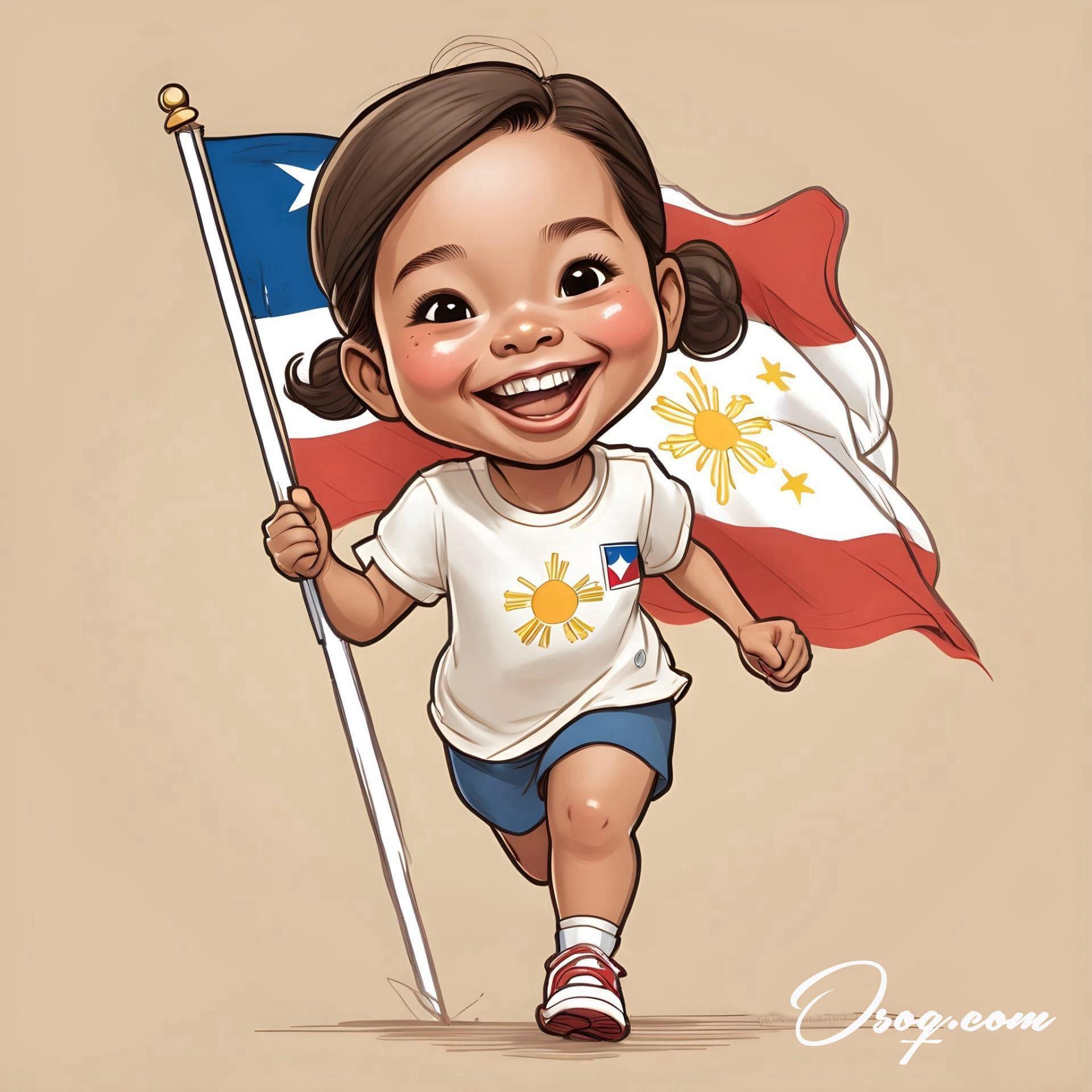
Female cartoonists in the Philippines are breaking barriers, bringing fresh perspectives and challenging stereotypes through their innovative work.
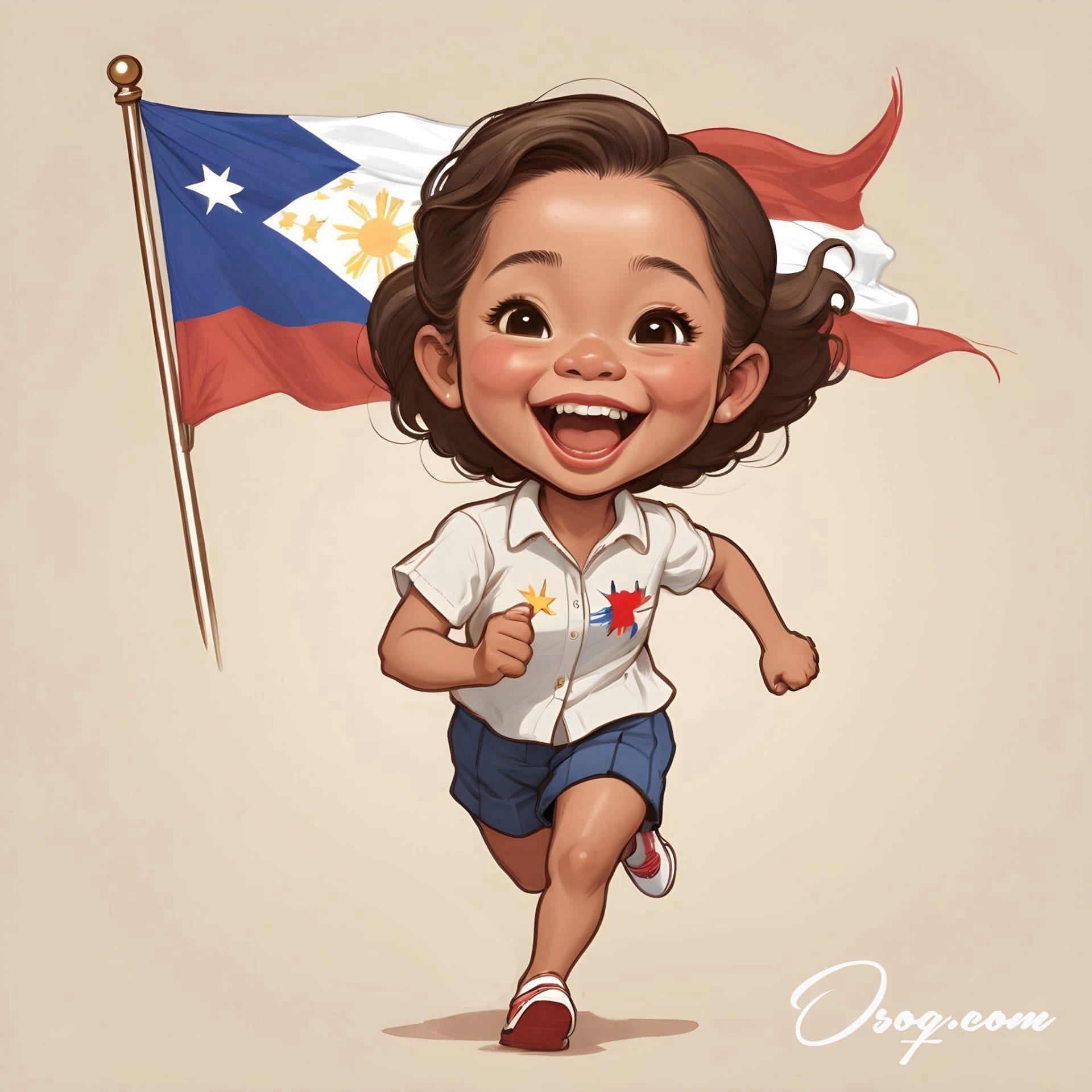
Technology has enabled the blending of traditional art forms with digital tools, allowing Philippine cartoonists to experiment and expand their creative horizons.
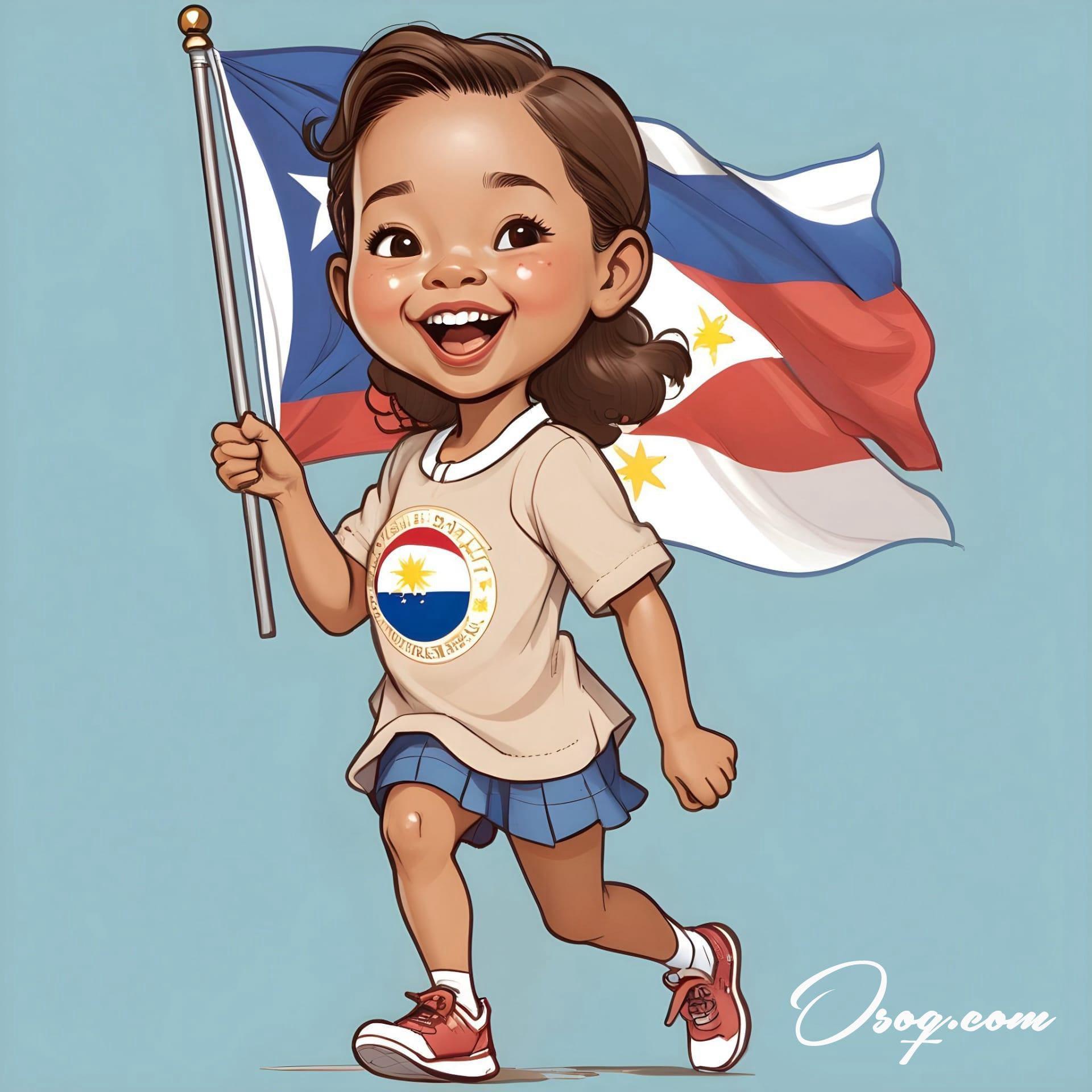
With a history that spans over a century, Philippine cartoons continue to thrive, adapting to changes in society and technology while remaining a beloved form of cultural expression.